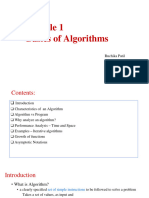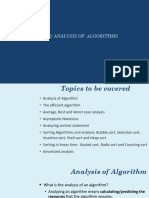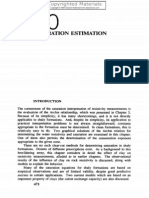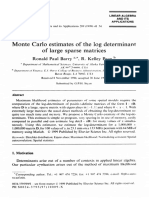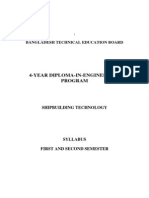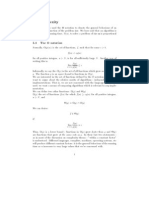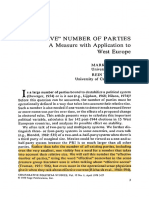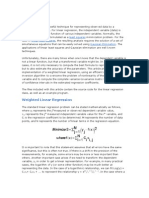0% found this document useful (0 votes)
17 views8 pagesAlgorithm Analysis and Complexity
This presentation discusses the importance of algorithm analysis in understanding time and space complexity, which is essential for predicting performance, comparing algorithms, guiding optimization, and designing scalable systems. It covers types of complexity, common time complexities, analysis techniques, and the significance of best, average, and worst-case scenarios. The conclusion emphasizes the need to consider practical factors alongside theoretical analysis when selecting algorithms.
Uploaded by
EmmaCopyright
© © All Rights Reserved
We take content rights seriously. If you suspect this is your content, claim it here.
Available Formats
Download as PPTX, PDF, TXT or read online on Scribd
0% found this document useful (0 votes)
17 views8 pagesAlgorithm Analysis and Complexity
This presentation discusses the importance of algorithm analysis in understanding time and space complexity, which is essential for predicting performance, comparing algorithms, guiding optimization, and designing scalable systems. It covers types of complexity, common time complexities, analysis techniques, and the significance of best, average, and worst-case scenarios. The conclusion emphasizes the need to consider practical factors alongside theoretical analysis when selecting algorithms.
Uploaded by
EmmaCopyright
© © All Rights Reserved
We take content rights seriously. If you suspect this is your content, claim it here.
Available Formats
Download as PPTX, PDF, TXT or read online on Scribd
/ 8


















